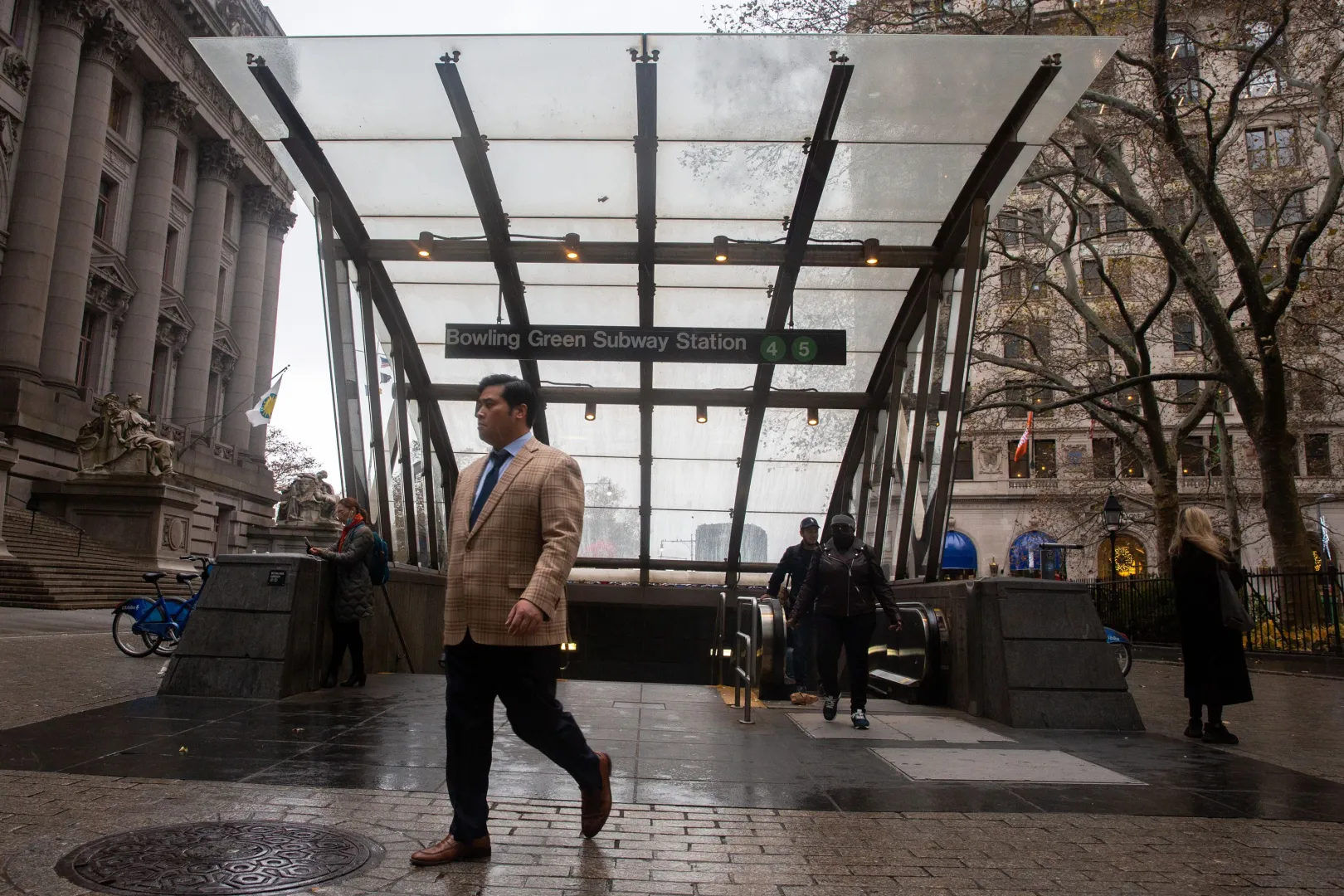Brooklyn’s Janno Lieber, MTA Chairman, warns of fare hikes to keep city subways running
As pandemic funds dwindle, so does commuter ridership

 This article was originally published on by THE CITY.
This article was originally published on by THE CITY.
Facing massive budget deficits, the MTA warned Wednesday of higher-than-projected fare increases that could push the cost of a subway or bus ride higher than $3 by 2025 — following another hike already planned for next year.
At the agency’s monthly board meeting, officials painted a dire picture of the MTA’s financial forecast, saying that without a return to pre-pandemic ridership levels or new recurring funding streams — from Washington, Albany or City Hall — a planned 4% fare hike may instead become a 5.5% raise next year, with another 4% bump two years later.

Brooklyn Boro
View MoreNew York City’s most populous borough, Brooklyn, is home to nearly 2.6 million residents. If Brooklyn were an independent city it would be the fourth largest city in the United States. While Brooklyn has become the epitome of ‘cool and hip’ in recent years, for those that were born here, raised families here and improved communities over the years, Brooklyn has never been ‘uncool’.